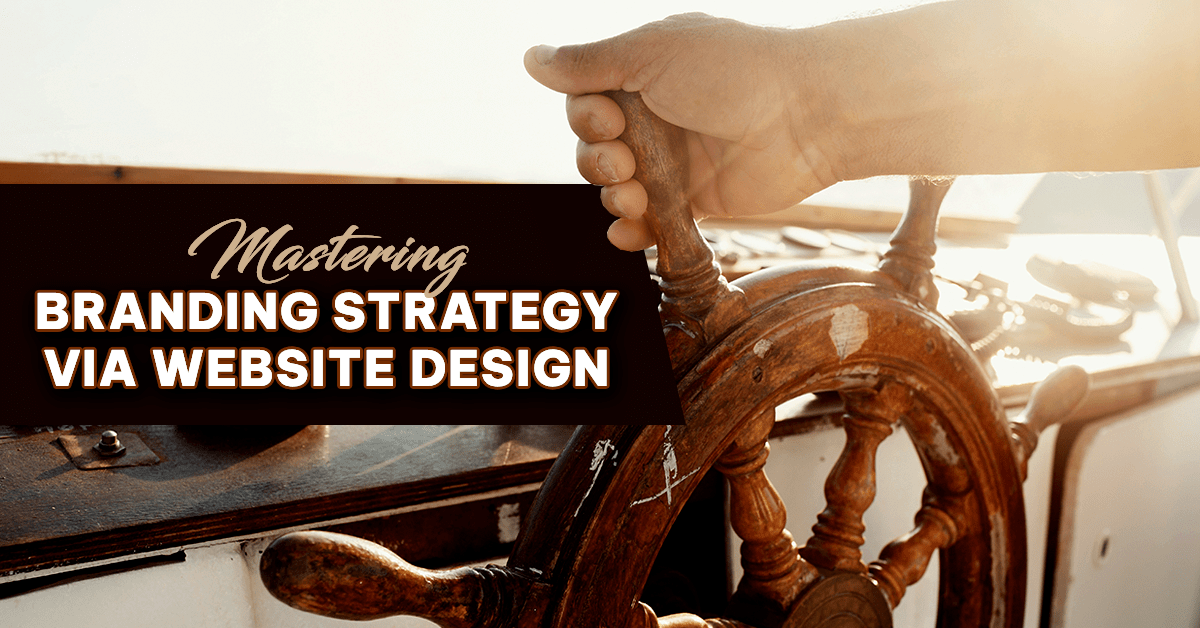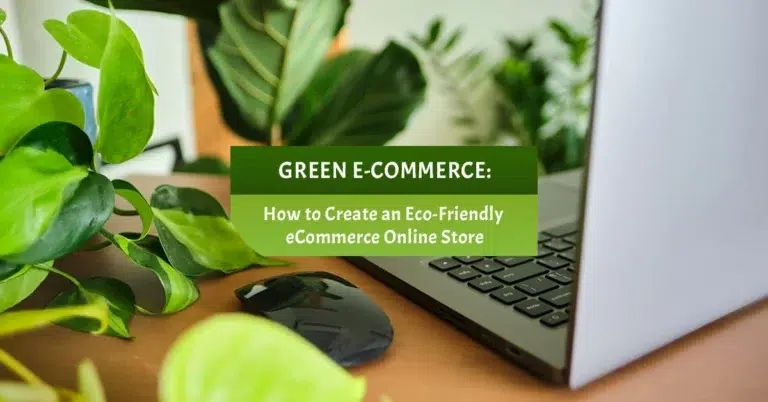
Introduction
Luxury epitomises experience and emotion. This sentiment arises when encountering a meticulously crafted brand. How, then, can your website evoke similar emotions? The key lies in crafting a user experience that feels extraordinary and special.
Branding strategy is the craft of forging a distinct and appealing image for your company, product, or service, tailored to captivate your target audience. This image must resonate through all marketing materials, especially online, while comprehending user behaviour and motivations to foster enduring engagement.

The Essence of Branding in Website Design
Branding strategy is the art of creating an image for your company, product or service in a way that is easily recognizable and appealing to your target audience.
Your brand should be reflected in every aspect of your marketing materials – including how you position yourself online – but it’s also essential that you understand user behaviour and motivations so they can create experiences that keep people coming back for more.
The key to any successful business is constantly generating new leads and converting them into customers. The more people you can reach, the more opportunities you’ll have to turn them from visitors into buyers. A solid branding strategy will help you achieve this by creating a memorable experience for your audience that makes it easy for them to take action.
With website design, branding strategy is used to create a website that represents the brand, message and values of the business. The purpose of your website is to provide a channel for users to interact with your brand. It should be designed in such a way that it reflects your business identity or personality and helps users understand what your company stands for.
A good website design can help you achieve your business goals, while a bad one will only cause more headaches. A well-designed website will give users a positive impression of your company and build trust with them. It will also help you build brand awareness and increase your online sales. A website design can be the difference between attracting new customers, getting them to buy from you and turning them away.
There are many different types of website designs available today, but not all of them are effective or appropriate for every business. In fact, it’s important to choose a web design that not only looks good but also helps deliver your message effectively.

Beyond Logos: Building a Comprehensive Brand Identity
Logos are a critical component of your brand identity, but they’re not the only thing that defines your business. Branding goes beyond logos; it’s about how you create and communicate your company’s identity through various forms of media.
Your company’s logo can be an important part of your brand strategy, but it shouldn’t be the only one.
As a business owner, you have to work hard to develop a strong brand identity. One of the most important ways to do this is by creating an engaging and consistent logo that helps people recognize your company in an instant.
When people see your logo, they should immediately associate it with your products or services—and understand what makes them unique. Here are some tips to help you create a logo that works:
- Think about what your company stands for and what makes it unique. What makes you different from the competition?
- If you have a product or service, think about how people will interact with it and what emotions they might experience when using it.

Developing a Website Design Strategy
The first step in developing a website design strategy is to know what you want your website to accomplish. This includes understanding who your target audience is and how they will use the site, as well as what content or functionality needs to be included on the page(s) of the site.
The second step in developing a website design strategy is knowing how you want your brand to be perceived by consumers. This can include things like:
- The tone of voice used throughout the copywriting (e.g., formal vs casual)
- The typeface used for headlines, subheads and body text (e.g., serif vs sans-serif)
- The colours used throughout the design (e.g., vibrant vs muted).
The final step in developing a website design strategy is to know what content and functionality should be included on each page of the site. This includes things like: What products or services are you offering? What are the benefits that those products or services offer? The features, specifications and dimensions of each product or service? How much does each item cost? How do customers purchase items from your store (e.g., online ordering vs walk-in purchases)?

Web Development and Branding Goals
Web development is a broad term that refers to the process of creating a website. It includes many different elements, each contributing to your overall branding goals.
- Content: The content on your site should reflect who you are as an organisation and what you do for your customers or potential customers. If you’re a luxury brand, then it makes sense for your site to be visually appealing and easy-to-read – and for this reason, using images rather than text may be more effective in communicating your message.
- Layout & User Experience (UX): The layout of a website is how its pages are arranged; UX refers specifically to how easy it is for visitors browsing the site’s pages (i.e., whether they can find what they’re looking for quickly). Both factors play into how people perceive a company’s image online; if either one isn’t up-to-par with expectations then users might leave feeling less than satisfied with their experience – even if they don’t realise why!

The Role of Data Analysis and UX Design
User experience (UX) is the sum of all interactions a user has with your website. It involves how easy it is to use your website, how well it meets their needs and whether or not they can navigate within it.
A good UX will keep visitors coming back for more because they find what they want quickly, without having to search around or guess where things are hidden. A great UX will make them feel like they’re part of something special – like they matter as individuals and not just another number in a sea of numbers!
You need to be able to analyse data gathered from your site to see how effective it is at meeting these goals. There are many ways you can do this, but one of the most common and efficient ways is by using a tool like Google Analytics.
With this tool, you can monitor how many people visit your website and where they come from, as well as track which pages they view and what actions they take on those pages (such as clicking through an email newsletter). Then, once you have this information available in front of you, all that’s left is for you to use it!
A UX designer has the skills necessary to understand user behaviour and motivations so they can create experiences that keep people coming back for more.
They take into consideration what is most important to your customers, whether it’s speed or ease-of-use. They also think about how users interact with technology, which means they need a deep understanding of human behaviour in order to build something useful and usable.
They study users, they observe them, they listen to what they say, and they watch how they behave. They also have a strong sense of empathy because they need to be able to put themselves in your customers’ shoes. The next step is taking all of this information and using it to create something that works for your business goals. The best UX designers are those who not only understand how people interact with technology but also know how technology can help improve those interactions.

Keeping Your Website Fresh
If you’re looking to take advantage of new customers and keep existing ones happy, it’s important to make sure your website is up-to-date with your branding strategy.
You want to make sure that the look, feel and tone of your website aligns with the rest of your brand messaging. This will help ensure that people recognize the value in doing business with you and avoid confusion about what they’ll get when they engage with your company online or off-line.
If your website is outdated or doesn’t reflect the current state of your company, it could hurt your chances of winning new business.
You should think about updating your site if:
- You don’t have a mobile-friendly version.
- Your site’s design looks outdated or unprofessional.
- Your messaging isn’t consistent with what you’re saying offline.
Conclusion
The web is a dynamic place, and so are your customers. Your brand needs to evolve alongside them for it to remain relevant in today’s competitive marketplace. Keeping this in mind as you develop your website design strategy can help ensure that it remains effective over time.
Elevate your brand’s digital presence by partnering with a web design company that expertly merges branding and website design. Our team of skilled professionals understands the intricacies of creating a website that not only looks stunning but also embodies your brand’s message and values.
We prioritise a seamless integration of your brand identity into every aspect of the website, ensuring that your message resonates clearly and effectively with your audience. Don’t let your website be just another page on the internet; make it a powerful tool that communicates your story and captivates your audience. Contact us today to transform your website into a reflection of your unique brand, crafted to engage and inspire. Let’s bring your vision to life, where every click reinforces your brand’s identity and leaves a lasting impression.




